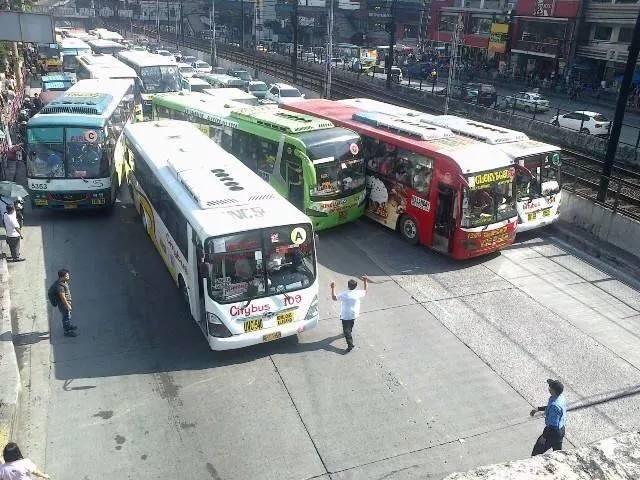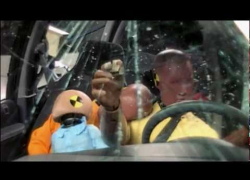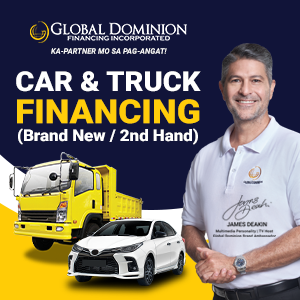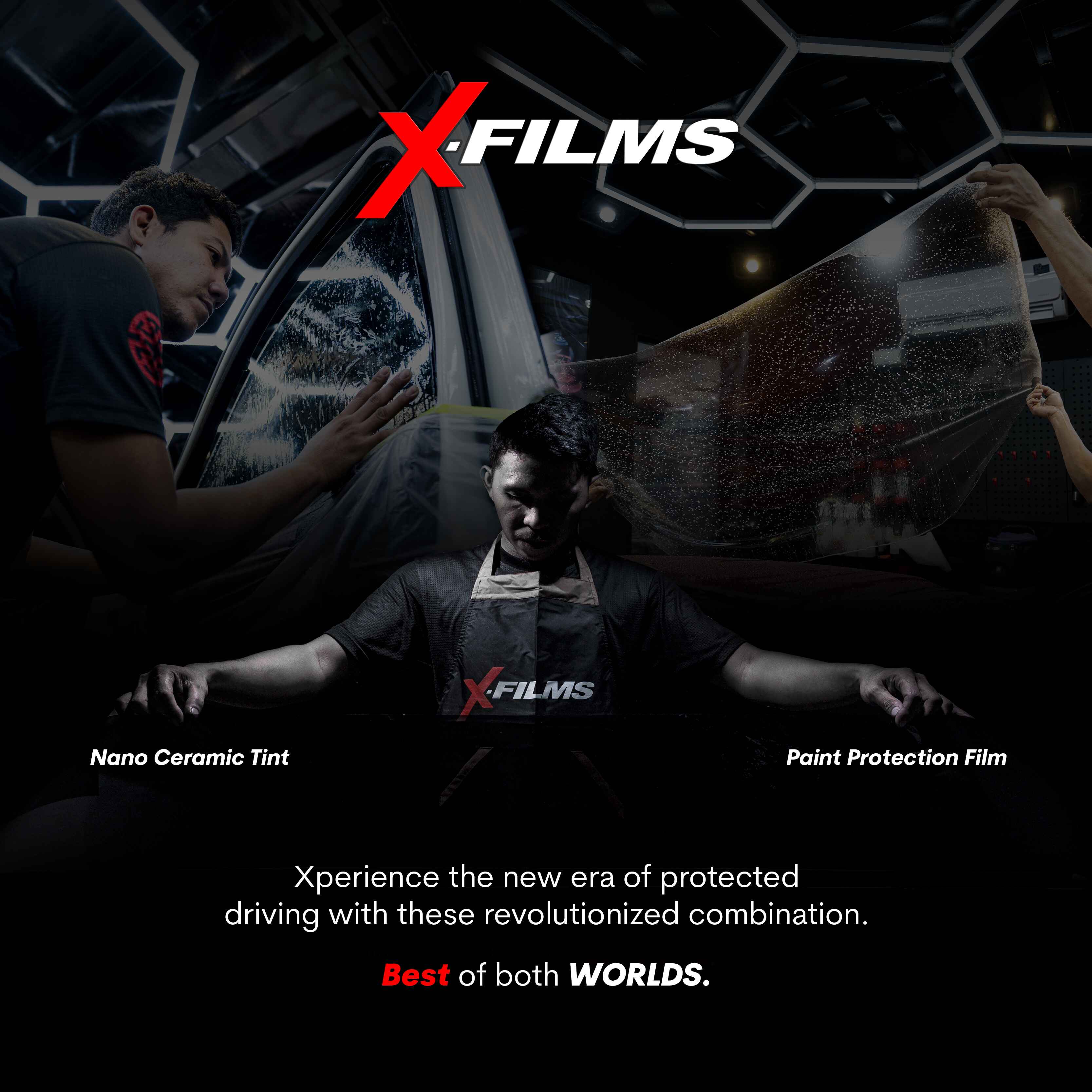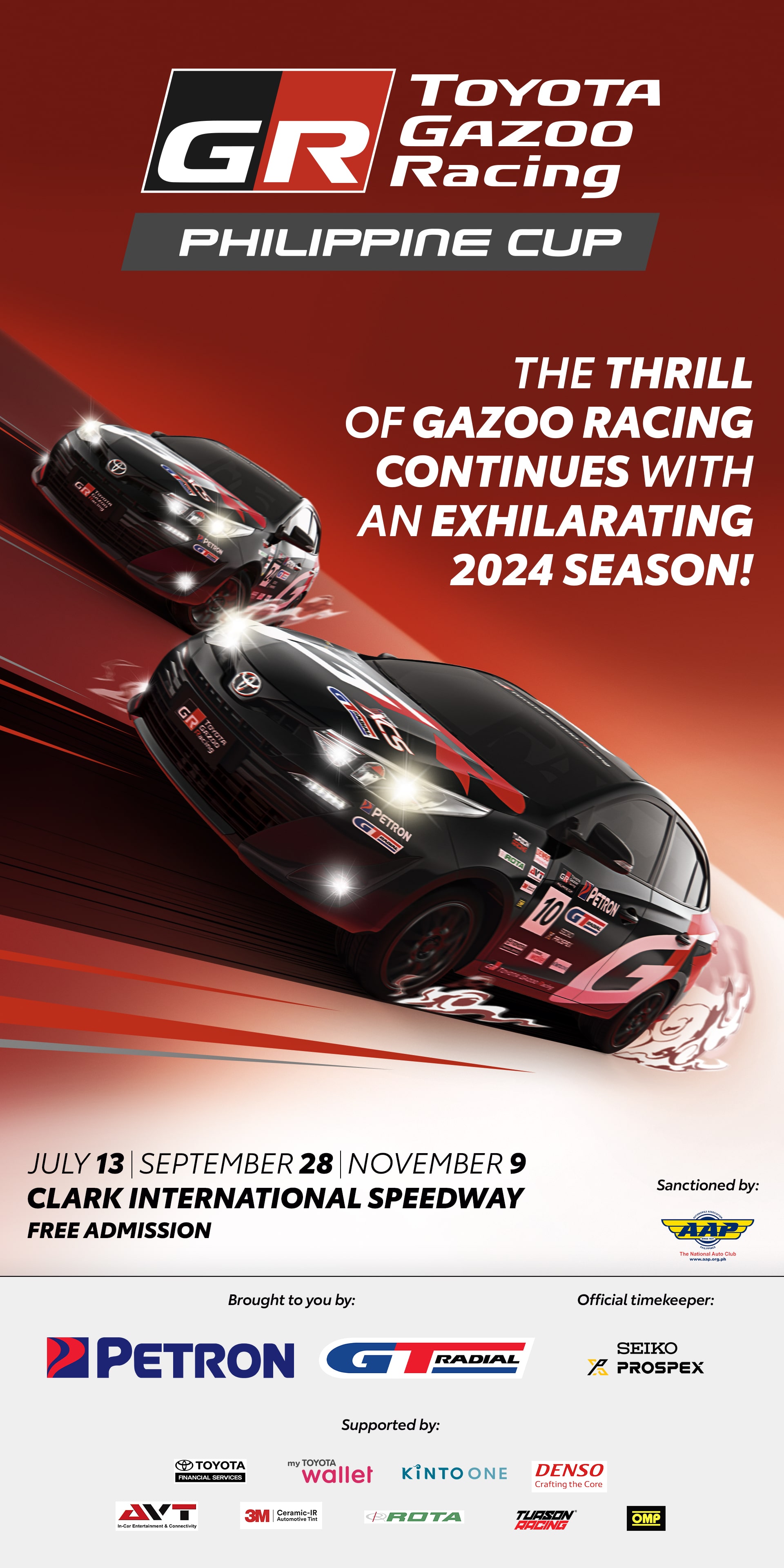Many have tried, all have fallen short. But before we gang up on the LTFRB and their ridiculous proposal to ban private vehicles on EDSA at certain times four days a week, let me just say that I believe that there’s no one single solution, nor a single agency, that can make any more than a parking lot dent on the traffic situation in Metro Manila, which is why I feel the president needs to declare martial law on our roads. Yes, as in military rule. Ridiculous as that may sound, allow me the next 900 words or so to explain.
As it is now, you could put Chuck Norris in charge of the MMDA or LTFRB, but if he has to kiss every mayor’s ass rather than kick them, he will end up as just another punchline of a very stale joke. But if the president appointed one tough nut in there with absolute power and the sole mission of doubling the average moving speed of Metro Manila within 6 months, I’m willing to bet a year’s salary that it can and will be done.
Because as complicated as everyone like to paint it out to be, it really isn’t once you remove the politics. Even the average 8-year old knows what needs to be done to solve traffic. The problem is that nobody has the balls or the backing to enforce it. Case in point, those @#$!%@ buses. They are the root of all evil on our roads. Because asides from the havoc they create, there is no way any agency, no matter how tough they are, who can enforce rules and expect us to conform when we see these busses getting away with murder.
It’s the elephant in the room dressed in in drag and playing the banjo. And everyone is just too damn scared to deal with it because the franchises are notoriously owned by powerful people who expect us to solve the problem around them––which is as ridiculous as telling a boxer he has to win the fight without hitting his opponent. With some form of martial law, you could revoke all franchises immediately, impound them indefinitely or re-assign them to provincial areas, and have a state run service like every other functional country in the world. End of discussion.
Then we tackle the jeeps and tricycles. If we cannot replace them with anything right now, at least make sure they are replaced with E-trikes and E-jeeps that are running on clean energy.
Now, with the buses out of the way, or at least run by the state in manageable and roadworthy numbers, we need to decongest Manila. This can only be done by creating more jobs, opportunities and development both in the North and the South and taking a zero tolerance approach to informal settlers. As in Zero. And that does not mean paying them 20,000 pesos to relocate, either.
It will hurt at first, sure, but so does every cure. Sounds harsh, but if you allow just one squatter, it is back to buses analogy. You will never get cooperation from the rest. Try giving big companies bigger incentives to develop in new areas and increase the cost of developing in congested areas within the already over developed portions of Metro Manila. In other words, no more malls and condos please. We have enough already. It is time to spread out.
Because if the reports are to be believed and 30% of Metro Manila is occupied by informal settlers, by removing them, we would have decongested the city by a third, unclogged the waterways which lead to flooding, reduced the pressure on the public transportation system, and given ourselves some breathing room.
Now it is time to repair our roads, build new ones, and dramatically improve our public transportation system. This is where the private motorist needs to cooperate. Instead of our complicated unified vehicle volume reducing scheme, which is anything but unified, why not introduce a congestion charge for built up areas or peak times to discourage people from making unnecessary trips. The extra revenue gained from this could subsidize public transport and build new mass transit systems.
I know, I know, you’re probably thinking that the money would never go back into infrastructure and just get lost in corruption. Fair enough. But what about if we borrowed the money needed from the World Bank or ADB or another government and used this business model as a guarantee to service the loan?
The World Bank, or whoever it is who would like to make a little money, could be given direct access to the extra revenue, bypassing the need for it to go through the hands of government officials, and pour it all into new infrastructure. It’s no different to a toll road scheme, although we would be charging for the privilege of using existing roads at peak times to fund new ones, as well as mass transit systems. Sort of like paying it forward.
Some suggested we tax the cars higher. I disagree. Taxing the cars higher would only make it inaccessible to more people and hurt an industry that is growing and provides much needed jobs. If anything, I say we reduce the tax on cars so that more people can afford them, but charge extra for the privilege of using it.
Think of it like the Candy Crush scheme. Or any of these other addicting games on your phones and tablets. The app is free. But they charge you for extra lives. Now you can get by on the free version, of course, but if you just can’t wait, you swipe your card and pay for the convenience. You decide how important it is to have that life now. If you’re desperate, you can buy them. If not, you can ask a friend for one or wait for a free one.
It is no different to driving. Make the car affordable so more people can have one; if you really need to use it in peak time, whether for convenience or necessity, you pay extra for congestion charges. If not, you carpool with a friend, or just wait until off-peak to go into town.
Everyone seems to grasp the concept with hotel rooms, flights and other services that give incentives to travel off-peak, why not cars? Big companies, government agencies and even schools could also help out by offering staggered work hours to help reduce the mad rush and give us all a bigger window to work with. It s not rocket science.
Now I can imagine certain people mocking these suggestions and saying I’m being too simplistic. To them I say, the best solutions usually are. Besides which, we have tried their highly convoluted solutions many times before.
How’s that working out for you?
